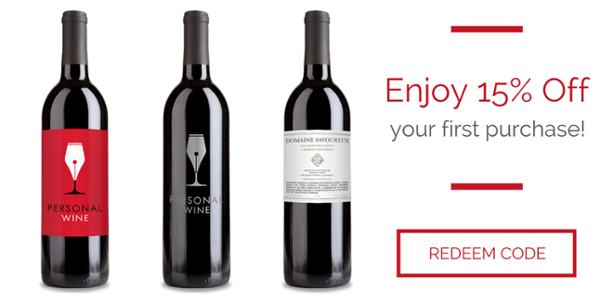How It’s Made
There are three basic methods to know about rosé wine production: limited skin maceration, saignée or “bleeding,” and blending. As we mentioned in our guide on Red Wine Basics, red wine gets all of its color from the time it spends in contact with the skins of the grapes during fermentation. As such, a winemaker may purposefully craft rosé wine by reducing the maceration to a period of hours or days depending on the desired color, which ranges from pale pink to cherry red. This is widely regarded as the best technique for rosé production. The method known as saignée is a variant on this procedure and involves “bleeding” juice from a maceration, creating a rosé wine as a byproduct of red wine fermentation. Finally, rosé can be made by blending a small amount of red wine into a white wine to give it color, but this practice is prohibited in most wine regions. The notable exception to this is Rosé Champagne - the world’s most expensive type of rosé wine - which is almost always assembled from a blend of red and white base wines.
Wines to Know
Rosé wine is found throughout the world and can be made from virtually any red grape. Excellent examples are produced throughout France, from the cool climate regions of the north to the sun-drenched Mediterranean coast. Dry rosé accounts for over 75% of the total output of the southern region of Provence, and droves of tourists arrive every summer to quaff rosé with local fare like bouillabaisse and garlicky aioli. This type of rosé wine is often made from blends of Grenache, Syrah, and other varietals, but the town of Bandol in Provence specializes in a serious, ageworthy style based on the Mourvedre grape. Further north in the Southern Rhone Valley, the village of Tavel is famous for a robust, deeply colored rosé made from Cinsault and other varietals. The Loire Valley in north central France is home to delicate and aromatic rosés made from Pinot Noir, Cabernet Franc, and Pineau d’Aunis; top examples include the bone dry rosés of Sancerre and the slightly sweet wines of Anjou. Champagne represents France’s best sparkling rosé, gaining its pink color from the addition of Pinot Noir and Pinot Meunier. Sparkling rosé is also produced in most of France’s major wine regions.
Elsewhere in Europe, solid examples include the Montepulciano-based Cerasuolo d’Abruzzo wines of southern Italy, Spanish Rosados based on Tempranillo, and Portuguese Vinho Verde Rosé. In the United States, types of off-dry rosé wine like White Zinfandel and Blush were once fashionable, but contemporary winemakers are now taking a decidedly European approach to production. Reliable producers include Turley and Robert Sinskey in California, Eyrie and Ponzi in Oregon, and Fall Creek Vineyards in the Texas Hill Country.
Serving Advice
Many people refrigerate rosé wine and serve it ice cold, but this procedure mutes its delicate aromas of red fruit, flowers, citrus, and melon. Still rosé is most expressive at a slight chill (50°-60° Fahrenheit), the same serving temperature as white wine. One tip to remember about sparkling rosé wine is that it should be served at about 45° to preserve its bubble.
Rosé wine is considered a classic pairing with all kinds of seafood dishes, especially prawns and shellfish, along with fruity desserts like pies and tarts. It’s also delicious on its own, preferably enjoyed on a patio on a warm summer evening.


